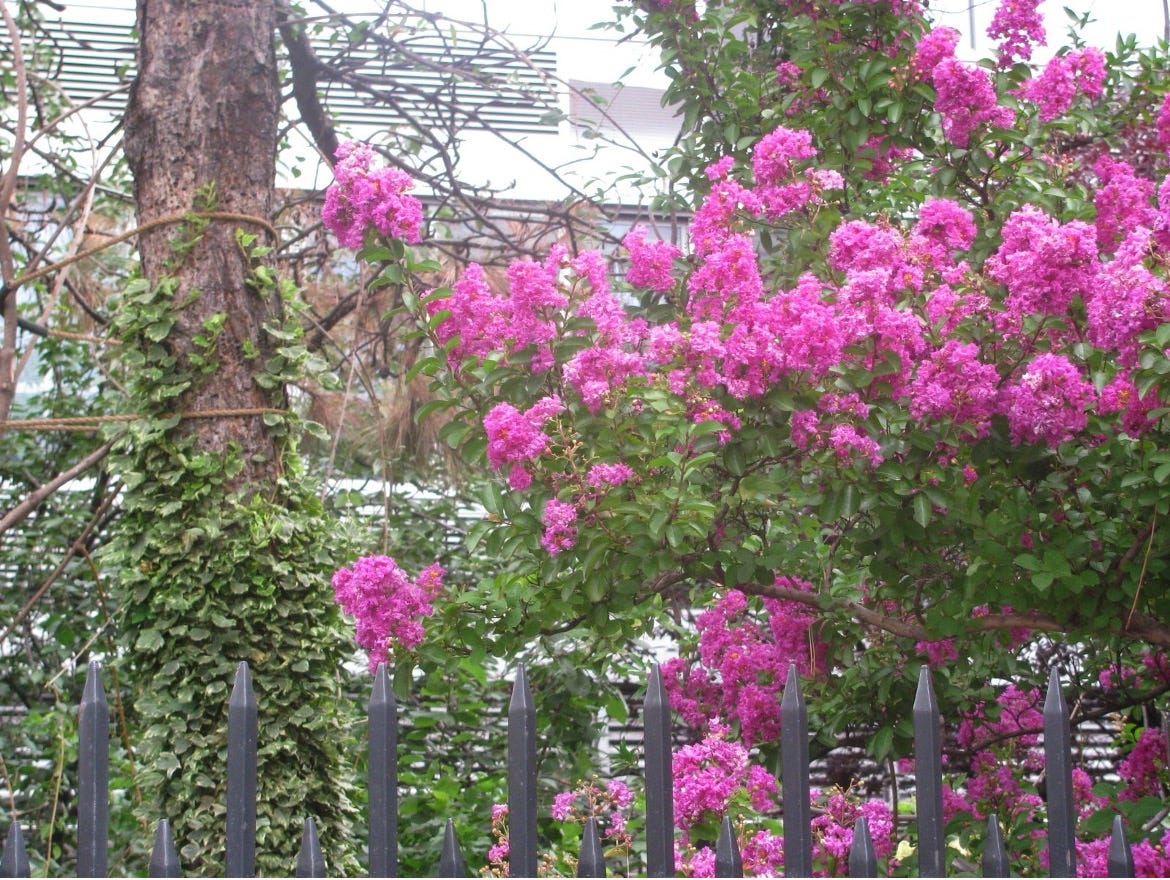New York City’s First Community Garden and a Seedbed of Urban Renewal
“The power of a garden is in its persistence - rooted, resistant, and always reaching for light.”
— Inspired by the legacy of Liz Christy
On the corner of Bowery and Houston Streets in Manhattan, nestled between traffic, concrete, and high-rises, thrives an improbable patch of paradise: the Liz Christy Garden. This was the first community garden in New York City, born not out of city planning but from grassroots grit and guerrilla tactics. Today, it stands as a living emblem of resistance, creativity, and the transformative power of public green space.
From Abandonment to Abundance
The early 1970s were tough years for New York. Crime and poverty were on the rise, and entire neighborhoods were left to decay. In 1973, artist and activist Liz Christy looked at a trash-strewn vacant lot on the Lower East Side and saw possibility. Along with a group called the Green Guerrillas, she began tossing homemade “seed bombs” into abandoned lots across the city. These were mixtures of seeds, water, and compost wrapped in balloons or bags that sprouted beauty where there had been only blight.
But Liz didn’t stop at seed bombs. She approached the city with a proposal to reclaim and transform the vacant lot into a garden. Permission was granted, and with the help of neighbors and volunteers, the first official community garden was born. It was, and remains, an extraordinary act of public imagination.
A Garden That Grew a Movement
What started as a rebellious act of beautification grew into a beacon of urban renewal. The Liz Christy Garden inspired the creation of hundreds of community gardens across all five boroughs. It catalyzed policy changes, founded new organizations, and helped elevate urban gardening as a form of civic engagement and environmental stewardship.
Today, the garden spans nearly 10,000 square feet and features a koi pond, mature trees, native plantings, and dozens of flower and vegetable beds. Managed by volunteers, the garden is open to the public several days a week and hosts seasonal events, plant sales, and educational tours. In 1986, the City of New York officially named it the Liz Christy Garden in her honor, recognizing her as a pioneering force in the urban gardening movement.
What Makes Liz Christy Garden Iconic
Urban Ecology in Action
A dense, biodiverse green space in the middle of Manhattan, it provides pollinator habitat, rainwater absorption, and natural cooling in a high-density area.Community Empowerment
It began with no funding, no blueprint, and no city plan. It was just a group of residents who wanted something better. That spirit of “do-it-yourself” public good still defines the garden.Historic Significance
As the first community garden officially recognized in NYC, it helped lay the groundwork for green urban policy and park equity.Interdisciplinary Education
The garden is a rich site for hands-on learning, whether about plant biology, environmental justice, local history, or sustainable design.
Photo credit: Wikimedia Commons
PBL Possibilities Inspired by Liz Christy
Civics + Urban Design: Study the origins of the community garden movement and propose a plan for reclaiming a neglected space in your own community.
STEM + Environmental Science: Explore soil health, native vs. non-native species, or microclimates created by urban green spaces.
Social Studies + Activism: Investigate the connections between urban neglect, public health, and grassroots activism in the 1970s.
Art + Public Memory: Create a visual or oral history project documenting local green spaces and the stories behind them.
A Living Legacy
Liz Christy died in 1985, far too young. But her legacy grows every season in the raised beds and shaded benches of the garden that bears her name, and in every community green space that owes its origin to her vision. She showed the world that even a small group of people, armed with seeds and determination, can change the landscape, and maybe even the city.



